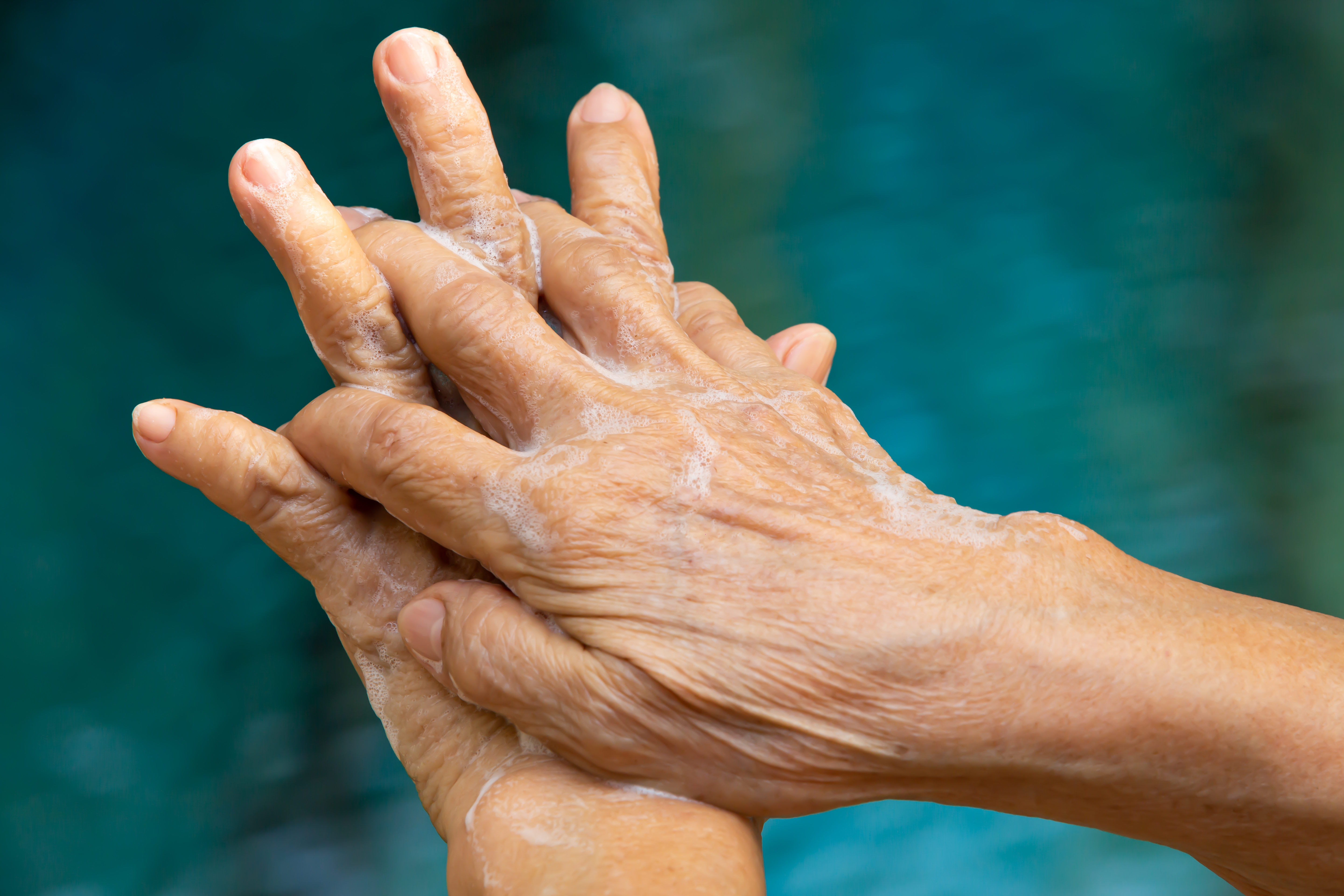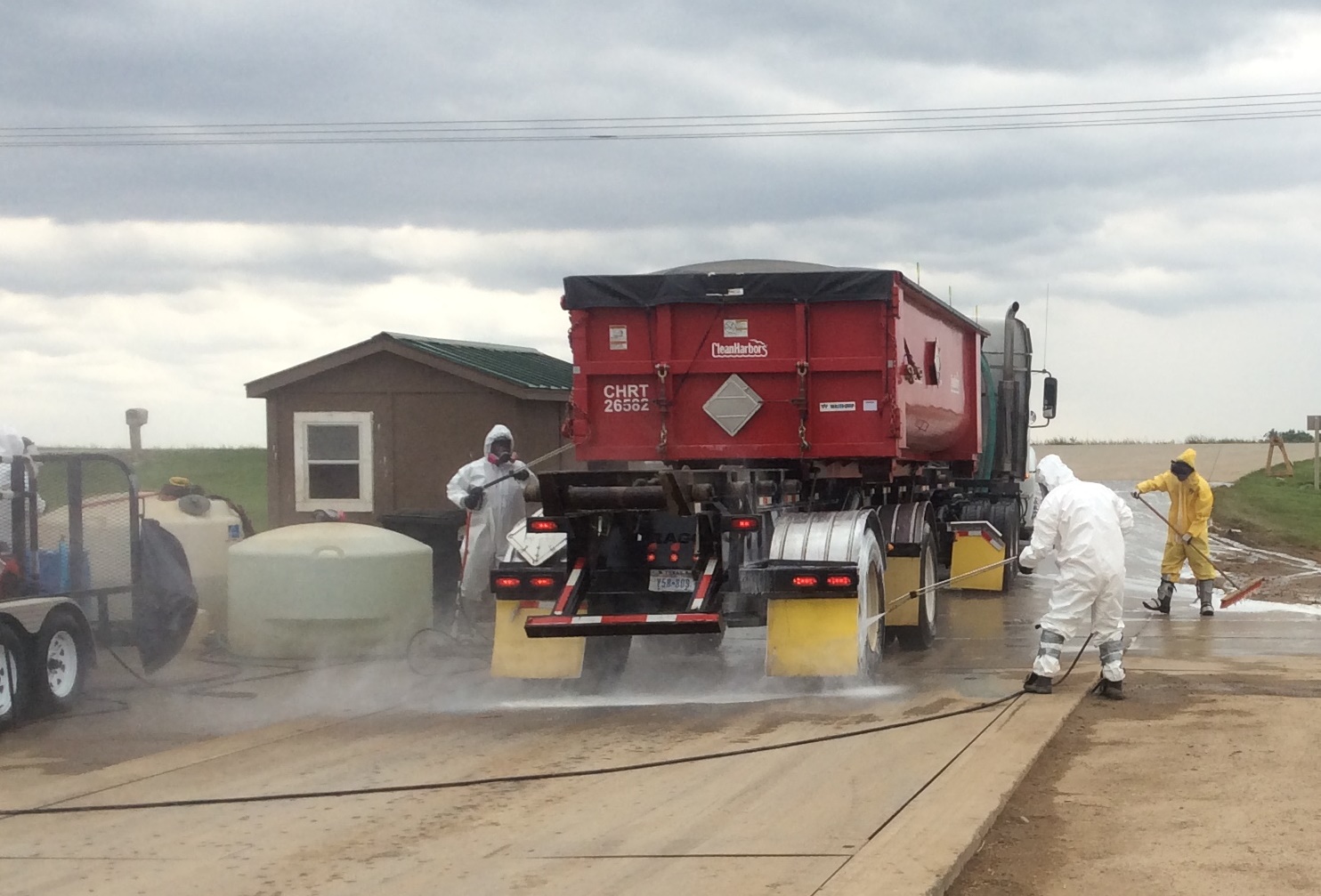



Biosecurity basics for facilities
What we used to think of as burdensome, extra steps in the daily conduct of business have now become the primary concerns with being able to work at all amid a global pandemic.Biosecurity has taken centre stage in our daily lives. From washing hands to social distancing, basic biosecurity measures are now standard practice.
Businesses that have never considered biosecurity before have had to implement biosecurity protocols, and many are struggling with how to safely conduct business as the spectre of an invisible threat looms.
While basic guidelines on biosecurity exist, the problem is that each facility must form a unique biosecurity plan that addresses the specific risks that facility faces. Specific risk factors include size of the facility, density of people within the facility, staff size, overlapping work areas, frequency of visitors or customers, customer demographics, ease of disinfecting, traffic patterns within the facility, and even ventilation. It can be overwhelming when thinking about biosecurity risks because of the myriad ways disease can be spread.
To try to get a handle of biosecurity measures, it is easiest to break down the steps into three basic categories: bioexclusion, biomitigation and biocontainment. Simply put, bioexclusion is keeping pathogens (disease-causing agents) out of the facility; biomitigation is limiting the spread of pathogens within the facility; and biocontainment is keeping pathogens from leaving the facility. Start looking at risks with these specific categories in mind, and then form measures to address each of those risks.
Think of bioexclusion as a good defence. Disease is easiest to address if it never enters the facility at all. Businesses that have the luxury of scheduled visits have been using screening questions to identify customers, clients or visitors that should reschedule for a later date, such as those who have shown signs of illness in the preceding 14 days or have travelled beyond locally within the preceding 14 days. If the risk of pathogen entry is too great to allow visitors, non-contact service can be instituted where items are placed for pickup by customers.
Bioexclusion does not end with customers and visitors. Employees are a potential risk for pathogen entry into a facility as well. The same screening measures mentioned earlier should be used for employees as well. Mandate that employees showing signs of illness remain home. Have employees wash or sanitise their hands immediately upon entering the facility. To limit potential exposure prior to arrival, employees may be asked to come to the workplace directly from their homes.

Biomitigation is what most people think of when they think biosecurity. Cleaning and disinfection come to mind immediately when the topic arises. Cleaning and disinfection are frequently mentioned together because disinfection must be performed on clean surfaces. In businesses where heavy soil, dust or debris is generated during work it is imperative that cleaning is performed prior to disinfection. Disinfectants are generally only labelled to work on hard, non-porous surfaces. This means that a business should not expect that surfaces like unsealed wood or concrete are fully disinfected after application of a product. Cleaning and disinfecting these surfaces is still indicated, but it should always be assumed that porous surfaces still present a risk of transmitting disease even after disinfection. Make sure to read fully the labels of disinfectant products to ensure correct application. Disinfectants should always be applied for the indicated contacted time. Spraying and immediately wiping a surface dry is not going to result in disinfection.
Cleaning and disinfection are hardly the only steps in biomitigation. Limiting overlap of traffic patterns is important in addressing potential pathogens within a facility. If possible, limit visitor traffic to specific directions through the business. Keep employees from travelling throughout the facility is possible, or separate the facility into zones with specific teams assigned to each zone. Think about employees that must travel from zone to zone, such as maintenance workers, as critical biosecurity risks and make sure they are employing biosecurity measures when travelling between zones. Provide plenty of opportunities for hand washing and sanitisation, especially at entry and exit points. Limit contact as practical, even when document transfer is required.

Biocontainment is an area few people think about. Your facility has a different risk level than your home, and it is important to leave that risk at the facility. Wash or sanitise hands as the last thing you do at work. Changing clothes and footwear should be considered as well. Shower immediately upon arriving home. Biocontainment is important to making sure your home stays the safest place for you.
While it’s hard to see an end to our new normal of intense biosecurity measures, we will undoubtedly arrive at a time when biosecurity is no longer first and foremost in our business considerations. It is probably worth examining which measures are still practical to employ when the risk of disease is lower. There is no reason to return to no biosecurity at all. There is no such thing as a disease-free time, so biosecurity steps should be considered even when we aren’t in the midst of a global pandemic. Biosecurity plans are constantly adjusted to address risk levels.
Since there is no zero-risk level, there should never be zero biosecurity steps. Basic bioexclusion, biomitigation and biocontainment should be employed regularly to maintain a healthy facility, staff and customer.
Words - Joe Lyman, DVM, MS



